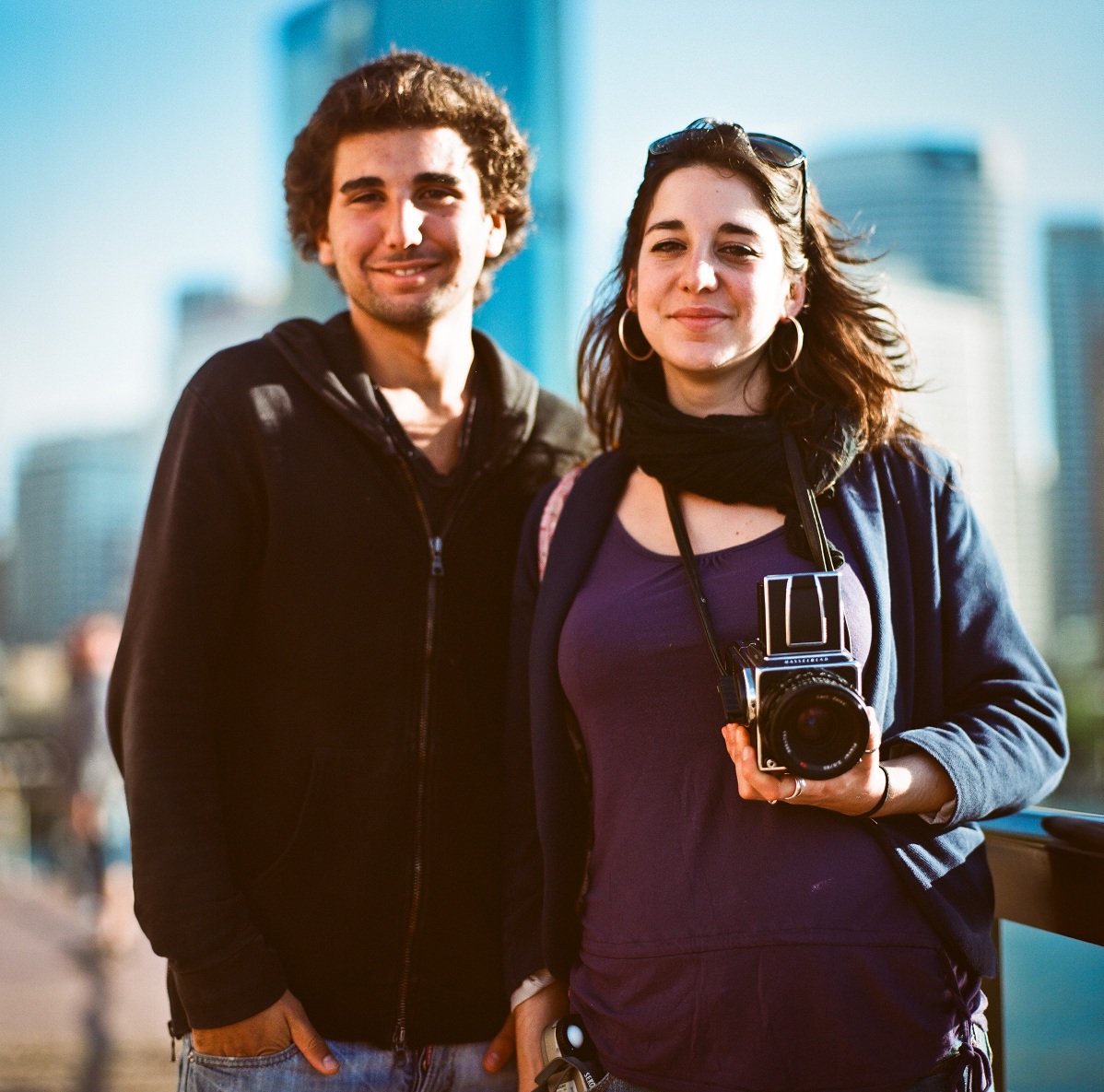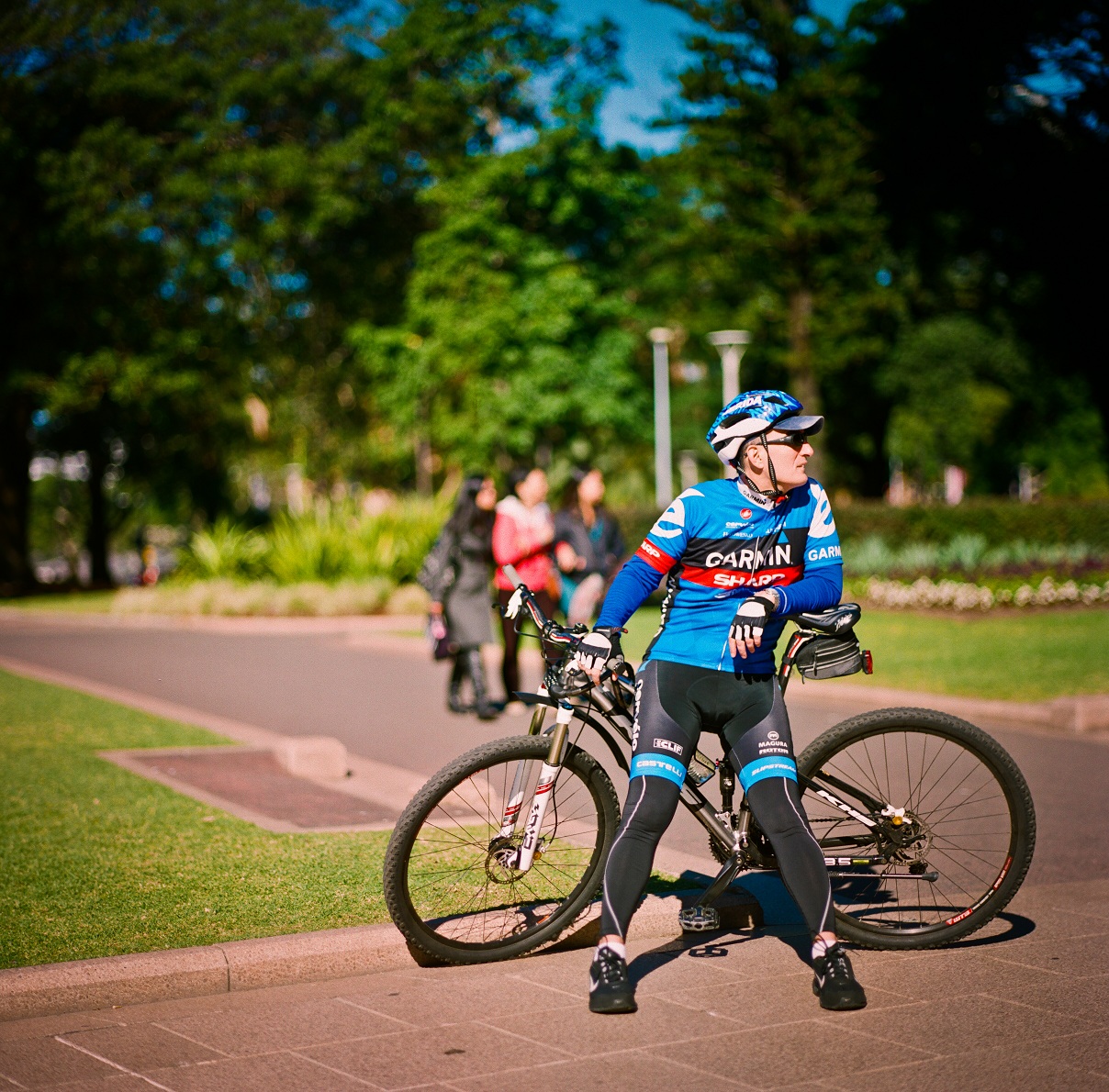I would like to share my recent experiences with a legendary Hasselblad 110mm F2.0 Planar lens. I am a big fan of super shallow depth of field and bokehlicious images, I believe with the correct use of aperture that one can enhance the subject of the photo. The Hasselblad medium format film camera has been my companion for quite some time now, it is the "perfect" MF camera for me and part of this is due to the superb qualities of those Carl Zeiss lenses. After owning and shooting with a variety of these lenses, there is always a lens in back of my mind.
The Hasselblad 110mm F2.0 Planar lens is indeed a "dream" lens, just like the noctilux of Leica which outputs incredible bokeh and unique characteristics. I have been searching lens on the internet for quite awhile since there are not too many of them available at once. There are basically two versions of the lens: the F and FE models of the lens. The F lens can only be used on focal plane Hasselblad bodies with builtin camera shutter and the FE version has some electronic parts specially designed for FE series Hasselblad bodies such as the 203FE, which demands a higher price tag for its more modern electronics. My lovely 2000 FC/M camera that I did my street photography work with has broken down due to focal plane failure so I upgraded to a more recent model, the 201F with a cloth focal plane shutter rather than fragile titanium ones in the 2000FC/M. It is the perfect match with the Hasselblad 110mm F2 lens and this combination works like a charm.
The first thing you notice when you are holding the lens is quite heavy, coming at 750 grams, which is significantly heavier than my Hasselblad 100mm F3.5 C lens. The F version of this lens were produced between 1991&1998 and the construction consists of 7 elements/5 groups with the aperture ranges from an insane F2 to F16 in 1/2 stop increments. Keep in mind that F2 in the Medium Format world is approximately similar to F1 in the 35mm format, which produces incredibly shallow paperthin DOF. In practical use, the lens at the start was very challenging to use, especially for living subjects on the streets that I like to photograph but once you get used to it then everything becomes easier. Just as a side note, I would recommend for Hasselblad users to change their focusing screen to either Matte or Matte D with increased brightness/clarity when working with this lens, which helps significantly in practical use. The filter size for this particular lens is in bayonet mount (Bay 70) and I would recommend the 77mm UV size adapter since this is a much affordable option.
The performance of the Hasselblad 110mm F2.0 Planar lens is truly remarkable, it deserves to wear the crown of superfast lenses in the Medium Format world. The rendering is typical Zeiss with tendency to the warm side with vivid colours and the out of focus areas are pleasing to the eye with smooth bokeh. The images coming out of this lens are very sharp, probably not as sharp as the Hasselblad 100mm F3.5 lens since that one is the sharpest but the 110mm lens possesses very unique and special characteristics. If you like superfast lenses and looking for an unique lens in the medium format world then the Hasselblad 110mm lens cannot be missed.
My Flickr Set:
https://www.flickr.com/photos/jerrybay/sets/72157632109503805/











